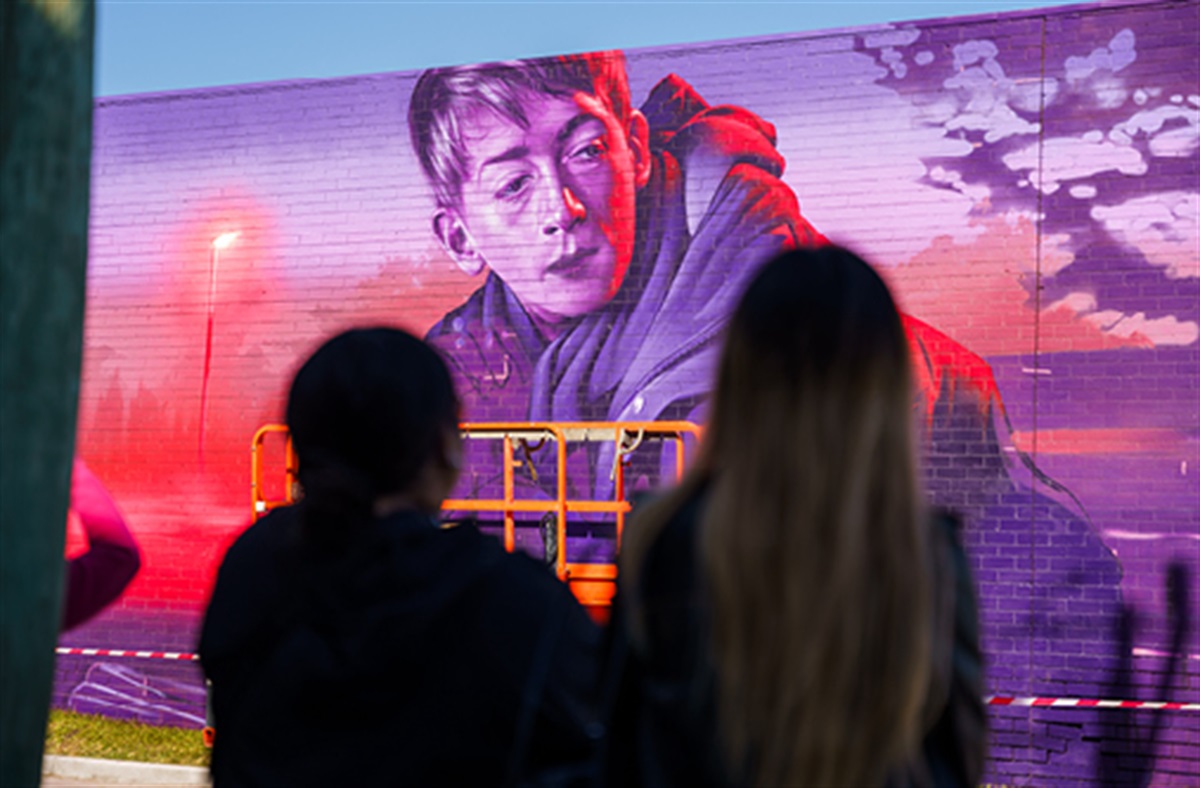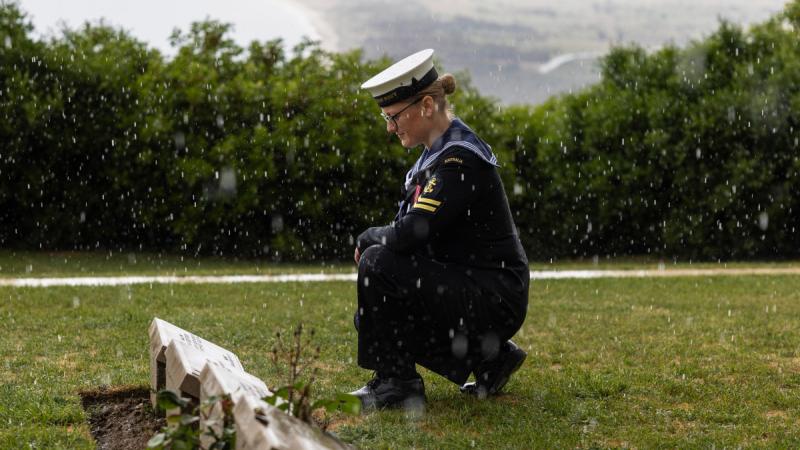Over 2022-23, we undertook a study to examine how Victorian local councils have developed and implemented their gender equality strategies, with a focus on identifying and mapping the commitment to the inclusion of migrant and refugee women.
Hyein Cho
Lecturer, Korean Studies; Researcher, Monash Gender and Family Violence Prevention Centre
Marie Segrave
Professor of Criminology
We also spoke to 48 women working in local councils in Victoria to understand their views on how gender equality commitments are impacting their experiences in the workplace.
Why did we ask these questions?
As of 2021, approximately 27.6% of Australia’s total population had been born outside Australia, and 48.2% of the population had at least one parent born overseas. This reflects an Australia that’s constantly evolving and becoming more diverse; therefore, it’s crucial for the public sector to take the lead in ensuring its policies and practices are in line with these changes.
Recognising the importance of this, our research focused on migrant and refugee women, including, but not limited to, women whose first language is English.
Why ask councils?
In 2020, Victoria established the Commission for Gender Equality in the Public Sector to support defined entities in meeting their obligations under the Gender Equality Act of 2020.
A key challenge in the pursuit of the goal of the Act is recognising the diversity of strategies required to understand how gender intersects with other structural positions and identities, including, but not limited to, women with disabilities and those from various ethnic or religious backgrounds.
Local councils are important entities under the Gender Equality Act who have an important role in communities – focusing on their practices and their employee experiences was identified as a useful beginning to interrogate these issues.
What did we find?
We detail seven key findings in the report, four of which are highlighted here.
Gender equality as stage one and diversity as the next step – representation matters in the workforce
The first key finding is captured in this quote from an employee:
“Because we are such a diverse municipality and we represent so many different cultures and ethnicities, I would think that there would be more people working at council from different cultural backgrounds and migrant backgrounds, but it’s not really represented amongst the staff […] So, when you walk in the streets of [de-identified council area one], what you see out there is not what you get inside the building. So that’s quite stark. When I first started at [Council E], that was one of the things I noticed – that is, the outside world didn’t mirror the inside world.”
We found that both the employee and executive management team (EMT) cohorts saw the diversification of understandings and the pursuit of gender equality as the next stage in the ongoing process of creating more equitable workplaces.
EMTs believed gender equality is important, yet they also recognised a disparity between the number of women employees and their representation in, and access to, career paths at every level.
Leadership matters, as do promotion pathways
Some employees from migrant and refugee backgrounds felt there were no opportunities for advancement or professional growth in their current workplaces. As two participants, respectively, said:
“I think more work [needs to be done] on how to change perceptions [and] how we can encourage organisations to give women from different cultural backgrounds more opportunities to step into leadership spaces. Even if it is for a trial-based program or something of that sort, to give them an opportunity to learn and grow and see what’s out there. Yes, we might be very direct and not that politically correct, but sometimes you need that sort of leadership as well.”
“I would like to see more diverse women in leadership roles. I would like to see that not just in our council but […] in all workspaces.”
According to participants’ perspectives, senior leadership failed to value the leadership styles of some women, which they thought reflected, in part, a cultural barrier to recognising and adapting to different leadership styles.
They also rarely saw diversity in leadership (migrant women, for example), which might discourage those seeking to progress in their career.
English as a second language: Barriers to promotion and career advancement
Skill(s) in languages other than English was, on the one hand, highly valued by councils in community-facing roles. In some cases it was reported that women’s fluency in a language other than English made them too valuable in the customer service role, and so they were denied promotion opportunities that would take them away from that outward-facing role.
Not having English as a first language was also identified as a barrier to promotion and career advancement. The employee cohort didn’t see promotion and leadership as areas where diversity is valued or proactively pursued, with specific discouragement occurring in some cases – for example, a manager expressing concerns about an employee’s English competency, despite high performance in their roles.
One participant noted:
“If you don’t speak the language perfectly, you’re treated almost like you’ve got a disability, you’ve got a handicap […] I had a battle with my team just about a couple of days ago about the simplicity of language. We should be talking all in a way that everyone can understand us; I think it’s the expression of the culture, and inclusion and respect.”
This demonstrates that workplaces can be environments that adversely affect the confidence and effectiveness of women who speak English as a second language, leading them to feel excluded or disrespected.
Use of an intersectional lens – what does it really mean?
While the women generally acknowledged that progress was being made, employee participants noticed that the term “intersectionality” was used to signal diversity in policies and guidelines without a clear meaning, and without clear commitments.
The EMTs employed the term differently – to indicate a knowledge gap and a failure to operationalise a commitment to a diverse workforce.
One employee participant emphasised the need to put more effort into understanding what intersectionality truly means for marginalised groups in the workplace.
“I feel there needs to be a lot of work done in that space to really get the truest sense of what intersectionality is. […] Again, a big piece of work, and still we’ve got a road to get there.”
In order to avoid becoming a simple buzzword, “intersectionality” must be thoroughly understood and incorporated into policies and practices.
What next?
Councils are important in Australia’s complex governance system, and are key employment and service providers for the community. They play a critical role in leading change in the public sector.
Yet, the representation of migrant and refugee women is still low, and this doesn’t reflect how diverse we are as a state. We found that while the migrant and refugee women cohort may be recognised by councils as an important asset, they’ve not yet been acknowledged as decision-makers or as key players.
The findings we detail in this research are best understood as both a challenge and an opportunity for the Victorian Commission for Gender Equality in the Public Sector and for local governments.
While we report some challenging and slightly discouraging findings, they can serve to highlight where more work needs to be done.
The commitment to gender equality can continue to mature and become a more comprehensive and inclusive pledge and reality.
Read the full report here.
Acknowledgement: This work has been funded by the Commission for Gender Equality in the Public Sector as part of the commission’s inaugural research grants round two of 2022.








